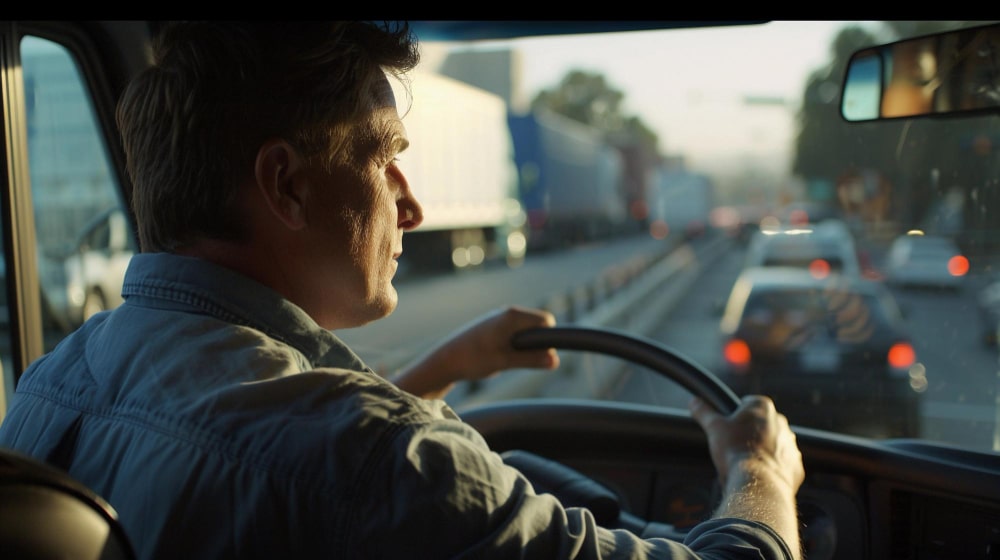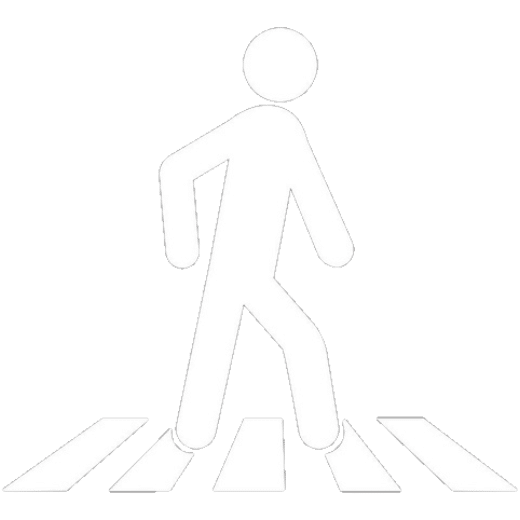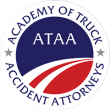When it comes to sharing the road with 18-wheelers in Texas, awareness and caution can save lives. These massive vehicles, weighing up to 80,000 pounds when fully loaded, play an essential role in our economy, but they also present unique challenges for other drivers. One critical aspect of road safety is understanding the blind spots of these giant trucks and adopting safe driving practices around them.
Why Understanding Blind Spots is Crucial
Blind spots, also known as “no-zones,” are areas around an 18-wheeler where the truck driver cannot see other vehicles. These no-zones are much larger than those of a standard car, which significantly increases the potential for accidents if other drivers are unaware of them.
Studies show that nearly one-third of fatal crashes involving large trucks occur in a blind spot. Being informed and aware of these danger zones can help Texas drivers reduce risks and make our roads safer for everyone.
Common 18-Wheeler Blind Spots
- Front No-Zone: Large trucks require much more time and distance to stop than smaller vehicles. If you cut in front of a truck, you may end up in its front blind spot, leaving the driver unaware of your presence.
- Rear No-Zone: Following too closely behind an 18-wheeler means the truck driver likely can’t see your vehicle. This can be particularly dangerous if the truck suddenly brakes.
- Side No-Zones: Large trucks have extensive blind spots on both sides, especially on the passenger side where the length of the trailer limits visibility.
Tips for Safe Driving Around 18-Wheelers
1. Be Cautious When Merging
When merging near an 18-wheeler, ensure you signal early and leave plenty of space. Avoid moving abruptly into a no-zone, especially the front blind spot. Always make sure you can see the truck’s side mirrors—remember, if you can’t see the driver, they likely can’t see you.
2. Pass Safely
When passing a large truck, accelerate smoothly and avoid lingering in the side no-zones. Pass on the left whenever possible, as the right-side blind spot is larger. Ensure you return to your lane only when the entire truck is visible in your rearview mirror.
3. Maintain a Safe Following Distance
Tailgating an 18-wheeler is a significant safety hazard. The sheer size of these trucks means they block visibility of the road ahead. Stay back at least 20-25 car lengths to ensure ample time to react if the truck brakes suddenly.
4. Communicate Effectively With Truck Drivers
Truck drivers rely on clear communication to anticipate the movements of other vehicles. Use your turn signals early, stay predictable, and avoid cutting off trucks. At night or in poor visibility, ensure your lights are functioning properly so truckers can spot your vehicle.
5. Adapt to Weather and Road Conditions
Rain, fog, and wind can make sharing the road with 18-wheelers even more challenging. Slippery roads increase stopping distances for all vehicles, especially trucks. Strong winds, common in Texas, can sway trailers, so give trucks extra room when weather conditions are poor.
Why This Matters in Texas
Texas has some of the busiest highways in the U.S., with I-35, I-10, and I-45 being major trucking routes. Understanding how to safely interact with 18-wheelers is particularly important in our state, where rural highways and busy urban areas often converge.
Resources for Learning More
Want to educate yourself further about truck safety? Here are some helpful resources to explore:
- Texas Department of Transportation (TxDOT): Offers tips and programs aimed at improving road safety.
- Federal Motor Carrier Safety Administration (FMCSA): Provides information on safety regulations and best practices for drivers.
- Share the Road Program: This initiative provides educational resources to help drivers understand how to safely share the road with trucks.
Final Thoughts
Sharing the road with 18-wheelers requires diligence, patience, and knowledge. By understanding blind spots, practicing safe merging and passing, and maintaining proper communication, Texas drivers can help prevent accidents and promote safer highways.
Are you ready to make our roads safer? Start by educating yourself and spreading awareness among your friends and family. Together, we can ensure everyone reaches their destination safely!





























